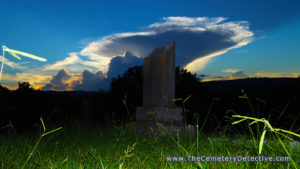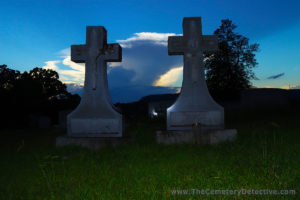
I Love Thunderstorms
As we roll into August, the afternoon thunderstorm cycle is intense.
Mid-day blazing hot sunshine warms the surface of the earth bringing moisture out of lakes and ponds and the ground itself. Since hot air is less dense than cold air, physics dictates warm moist columns of air rise high into the atmosphere. The sweltering summer’s day drags on. A bead of sweat forms on my forehead rolling down my face narrowly missing dripping into my eye. Surface air currents seem non-existent but high in the troposphere an enormous puffy white cloud billows to 40,000 feet.
There is a tremendous transfer of energy from sunshine to ground layer to the column of moisture rising above me. As I stare at the cloud, I can actually see it billowing, forging skyward. But, the energy that originally came from the sun cannot be contained within the cloud. All that moisture, eventually, condenses. Each drop condensates around a nearly-microscopic dust particle…trillions of them.

The rising column of moist air causes friction as it rises through a surrounding, stable, air mass. These two air masses, rubbing against each other, affect the molecular structure of the air contained within each air mass. Molecular electrons are shed and a disparity of electrical charge presents itself within the cloud layer. When a big enough disparity of electrical charge occurs, lightning unleashes tremendous energy. Each lightning strike, 5 time hotter than the surface of the sun, regulates the electrical disparity.
And the rains begin. When enough droplets condense within the cloud, updrafts are no longer capable of keeping the larger moisture droplets aloft. Rain fall intensifies. With so much energy now released, torrential downpours bring all that moisture falling, violently, back to earth.
At the mature stage of a thunderstorm, cumulonimbus clouds present anvil formations as their tops are blown off by upper-level winds. As the storm cell moves away, the sun, which caused the formation of the storm cloud to begin with, lights the 40,000 foot tall column of dissipating cloud. The air is, once again, still.
I love watching late summer sunsets after intense thunderstorms. Yesterday was such a day. I took these photos to share with you.

